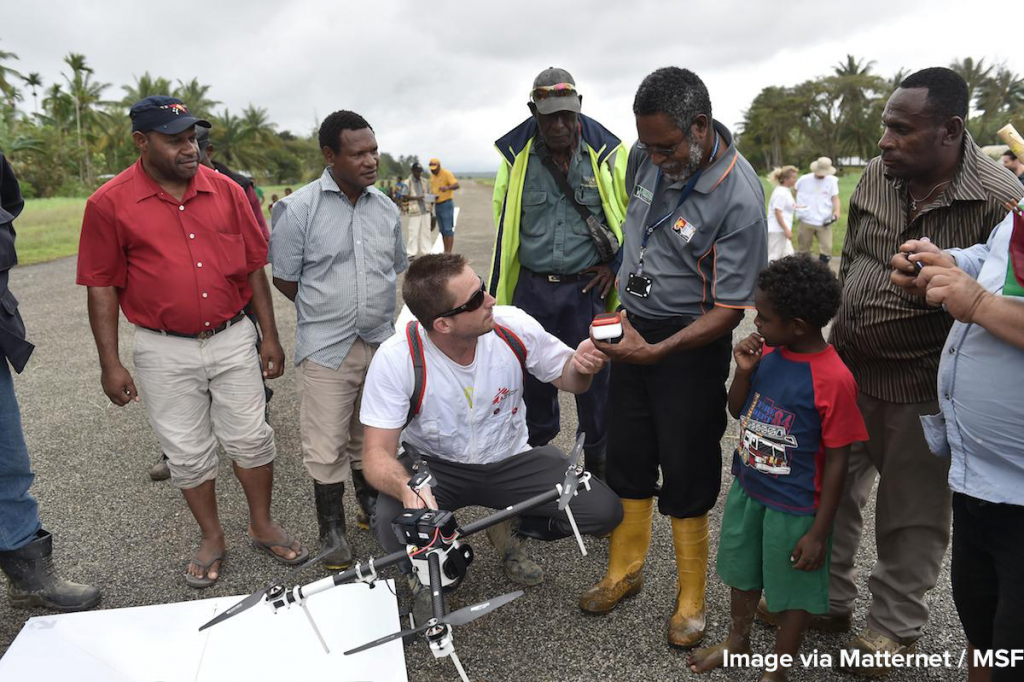Can innovation labs deliver better humanitarian aid?

The World Humanitarian Summit in 2016 deliberately avoided hard talk of systemic reform; instead, we got incrementalism, with innovation one of the drivers of change. Today, only a small proportion of humanitarian spending goes toward activities labelled as innovation – it’s hard to find out just how much – but it fuels a proliferation of innovation labs across the humanitarian space. Given the ambition, the important question is whether the things labs generate make a difference.
Hard to say, because they are largely missing evaluative frameworks to assess whether their projects tip the balance, either individually or across the system. Rather than hard-headed analysis, we get sunny reports that extol the benefits of specific projects without delving into the challenges they face or explaining whether the innovation they introduce equals more than the sum of the parts.
Part of the problem is defining what constitutes innovation. An evaluation of the Humanitarian Innovation Fund describes innovation as “doing something differently with the aim of improvement.” WFP’s Innovation Accelerator in Munich claims to promote partnership with the private sector and civil society, emphasising cutting-edge techniques and human-centred design, while UNHCR’s Geneva-based lab has broader goals, encompassing “refugee protection, self-reliance, dignity and education.” Without stifling creativity by over-determining what’s needed, it would help to have criteria that underline satisfying affected people’s needs – and engaging them in the process of innovation.
Absent a clear sense of direction, labs tend to focus on “innovation by gadget.” Technological scarcity is not at the root of most problems in the humanitarian space and more technology is unlikely to be the solution – certainly not on its own. Yet technology-based solutions, from drones to food computers, often attract disproportionate attention and funding. Part of the problem is that so much of the innovation money is bottled up in these labs and specialised departments, far from field operations, local partners and the affected people it is meant to help. While the innovation specialists may come up with promising ideas, they often struggle to get programme managers to act on them. In a sector where resistance to change is strong, innovative approaches are more likely to get traction when teams across whole organisations are encouraged to experiment together rather than having a select few brainstorming in isolation.
Today, a significant amount of innovation money goes to labs set up by UN agencies, the Red Cross movement, and some INGOs, with relatively little left over for others. Yet the big players are likely to become better incubators of smart new approaches if they work with smaller, more agile players. The humanitarian service providers of the H2H community are good at testing new ideas and can assist larger organisations scale them up. The Communication with Communities (CWC) working groups in Bangladesh and South Sudan, created by the DEPP and led by the CDAC and Start Networks, can also play this catalytic role. We need to find the right balance and avoid the pitfalls of concentrating resources in the labs and hubs of the humanitarian establishment.
Two of the biggest game-changers in the humanitarian arsenal, cash transfers and greater accountability to affected people, got early financial support from innovative funders and, subsequently, uptake from operational agencies. The alliances that nurtured these new ways of working are today driving better outcomes for people in need of assistance and protection. One lesson from these experiences is how long it takes to get traction. Another is to focus a critical mass of innovation fire power on certain priorities – such as those spelt out in the Grand Bargain – rather than persisting with the scatter-fire approach to innovation that labs encourage. Ultimately, though, making a difference depends on addressing the cultural shibboleths and structural bottlenecks that hinder the adoption of new ideas across the humanitarian space. It’s too easy and too seductive to pay lip-service to the shiny pieces of innovation without confronting the challenges of what is, essentially, experimentation with saving lives.
